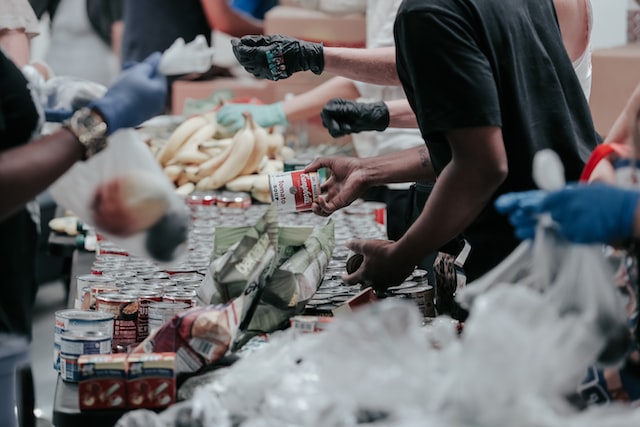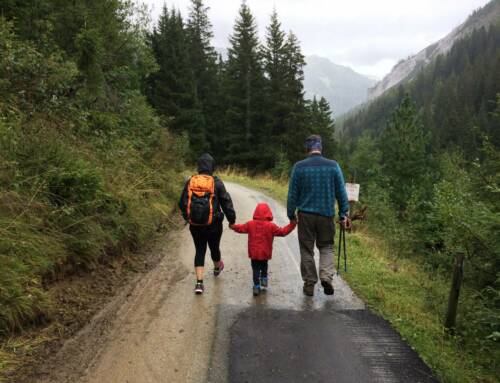The outpouring of giving and goodwill during the holidays always makes a special time of the year feel even more precious. Unfortunately, holiday generosity isn’t enough to sustain the important missions that charities and nonprofits carry out during the rest of the year. And as the fellowship of the holidays and the excitement of a New Year begin to fade, the “winter blues” can draw many people away from the connections and sense of purpose they need to feel happy and fulfilled.
Devoting some of your time or resources to one of these three areas of need could help you to keep growing your impact in your community and in your own home throughout the year.
1. Food banks and shelters.
According to the latest data from the U.S. Department of Agriculture, 13.5 million households struggled to meet their dietary needs at some point during 2021. Those numbers were even higher for households that included children.
Many charitable organizations, such as the Feeding America national network of food banks, try to stem the drop off in post-holiday donations by encouraging folks to sign up for recurring monthly monetary donations. If you have a spare hour or two during the week, most food banks and shelters are also very dependent on volunteers for their operations. You could also start your own monthly neighborhood food drive to encourage more giving and spread awareness of this year-round problem.
2. Animal shelters.
Pets are often high on holiday wish lists, especially for children. But many folks who weren’t expecting to find a puppy under the tree aren’t prepared for the financial, physical, or emotional commitments that pets require. The holidays can also be extremely stressful for young animals that are trying to acclimate to a new place, which can lead to behavioral issues. Sadly, too many of these animals are abandoned or brought to shelters.
That means your local shelter might need a few extra animal lovers or part-time administrators to help these pets find new homes. You could also help by adopting a new pet yourself, provided you and your family are ready to give that animal the love and care it will need for years to come.
3. Friends, family, and neighbors.
The National Institute of Mental Health estimates that millions of Americans suffer from seasonal affective disorder (SAD), mood swings that coincide with changing seasons. SAD is most common during the low daylight fall and winter months and can create feelings of low energy, difficulty sleeping, and even depression.
Anyone dealing with severe SAD should talk to their doctor. But if you or someone you know tends to feel a little down once the days get shorter and holiday get-togethers wind down, make an extra effort to reach out. Drop by a friend’s house to watch a game on TV. Make plans with your siblings to grab a cup of coffee or get all the little cousins together for a playdate. Check in on homebound seniors on your block and see if they need help getting their mail, picking up groceries, or rolling out their garbage cans. These small moments of kindness and connection can reverberate out into your social circle and echo back to you, adding a little bit of light to help everyone get through the cold months ahead.
One of the most effective ways to create sustainable giving goals and habits is to build them into your financial plan. Whether you want to donate to your local shelter every month or bust those blues by planning a big family vacation, let’s discuss some additions to your 2023 Pathway that will help you give and get more with the money you have.
This article was prepared for Aaron Larson’s use.






